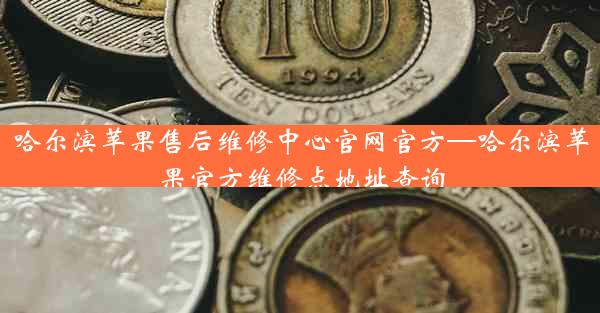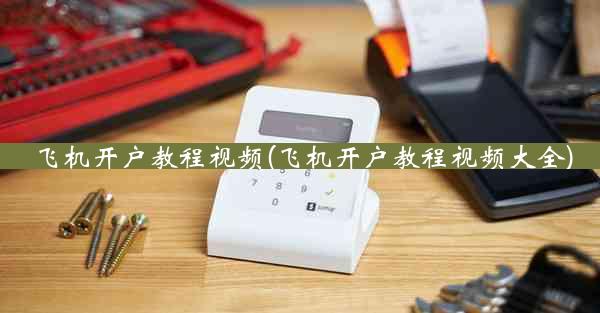电话号码英文翻译-电话号码英语翻译
 telegram中文版
telegram中文版
硬件:Windows系统 版本:11.1.1.22 大小:9.75MB 语言:简体中文 评分: 发布:2020-02-05 更新:2024-11-08 厂商:telegram中文版
 telegram安卓版
telegram安卓版
硬件:安卓系统 版本:122.0.3.464 大小:187.94MB 厂商:telegram 发布:2022-03-29 更新:2024-10-30
 telegram ios苹果版
telegram ios苹果版
硬件:苹果系统 版本:130.0.6723.37 大小:207.1 MB 厂商:Google LLC 发布:2020-04-03 更新:2024-06-12
跳转至官网

Unlocking the Secrets of Communication: The Art of Translating Phone Numbers
In the vast tapestry of global communication, the telephone number stands as a universal symbol of connectivity. It's a string of digits that, when strung together, can bridge the gap between continents. But what happens when these numbers are translated from one language to another? This article delves into the intriguing world of phone number English translation, unraveling the mysteries behind the digits that bind us all.
The Language of Numbers: A Universal Constant
Numbers are the great equalizers in the world of communication. Whether you're in New York, Tokyo, or London, the digits that make up a phone number remain the same. This universality makes the translation of phone numbers a relatively straightforward process, yet it also brings its own set of challenges. The English language, with its unique phonetic system, can sometimes present hurdles in accurately translating these numbers.
Breaking Down the Code: The Basics of Phone Number Translation
At its core, translating a phone number involves converting the digits from one language to another while maintaining their original meaning. For instance, the number in English would be the same in most other languages, as the digits are universally recognized. However, the way these digits are pronounced and formatted can vary significantly.
In English, phone numbers are typically formatted with hyphens or spaces to separate the area code, exchange code, and subscriber number. For example, 1- or (234) 567-8900. This format is widely understood and follows a logical progression that is easy to remember.
When Cultures Collide: The Challenges of Translation
While the translation of phone numbers may seem simple, it can become complex when dealing with different cultural norms and linguistic nuances. For instance, in some countries, phone numbers may include special characters or symbols that do not exist in English. This requires additional research and attention to detail to ensure accuracy.
Moreover, the pronunciation of numbers can differ from one language to another. In English, the number 9 is pronounced as nine, while in Spanish, it is pronounced as nueve. This discrepancy can lead to confusion if not addressed properly during the translation process.
Technology to the Rescue: The Role of Software and Databases
Thankfully, technology has come to the rescue with the development of sophisticated software and databases that can aid in the translation of phone numbers. These tools can automatically convert numbers from one language to another, taking into account the formatting and pronunciation differences. However, even with these advancements, human oversight is crucial to ensure the accuracy of the translations.
The Importance of Accuracy: A Case for Precision
The accuracy of phone number translations cannot be overstated. Incorrect translations can lead to missed calls, lost business opportunities, and even legal issues. For instance, a company that mistakenly translates its phone number for international customers could face a loss of revenue and damage to its reputation.
Looking Ahead: The Future of Phone Number Translation
As the world becomes increasingly interconnected, the need for accurate phone number translations will only grow. The future of this field lies in the continued development of advanced translation tools and the integration of artificial intelligence. With these advancements, the barriers to effective communication will continue to fall, allowing people from all corners of the globe to connect with ease.
In conclusion, the translation of phone numbers is a fascinating and essential aspect of global communication. It requires a keen understanding of both linguistic and cultural nuances, as well as the use of advanced technology to ensure accuracy. As we navigate the ever-evolving landscape of international communication, the art of translating phone numbers will remain a vital skill, bridging the gaps between languages and cultures.












